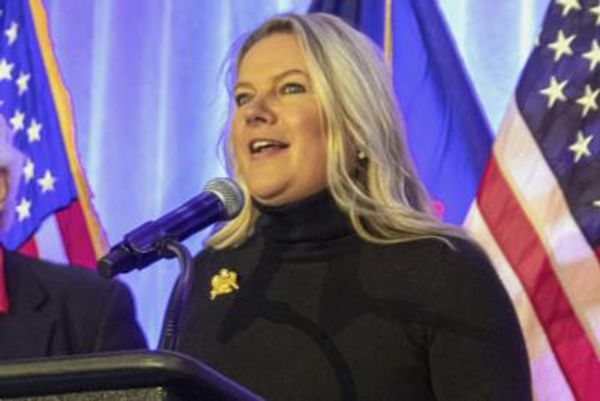
One of Tesla's biggest claims to fame is its self-driving technology, a system that began as the driver-assist program Autopilot and has since spawned Full-Self Driving as well. Despite the terminology, neither piece of technology results in the car driving itself; both require the driver's attention.
Despite Tesla (TSLA) -) CEO Elon Musk's confidence in FSD, to the point of offering to license the tech to other OEMs, the company's Autopilot is lagging behind the competition, according to Consumer Reports. And of all the different active driving assist programs (ADA), (F) -) Ford's is the best.
Related: Why Elon Musk changed his Tesla tune between the second and third quarters
ADA systems, which function as a sort of enhanced adaptive cruise control, complete with lane-centering technology, have recently become quite popular, with availability on more than half of 2023 model-year cars, according to CR.
While Ford's ADA BlueCruise is a long way off from self-driving, the resultant, collaborative experience "can make driving more relaxing."
Of the 17 systems tested, Tesla's Autopilot landed firmly in the middle of the pack. The reason behind this lag is that Tesla hasn't changed the core functionality of Autopilot since it came out, Jake Fisher, CR’s senior director of auto testing, said. The tech still doesn't have collaborative steering or an effective driver monitoring system.
"Tesla has simply fallen behind," he said.
The same area where Tesla has fallen behind is one in which Ford's BlueCruise excels: driver monitoring and safety. These systems can become dangerous when they lull drivers into a false sense of security; driver attention is a paramount link to driver safety. Ford's BlueCruise, in addition to General Motors' Super Cruise, uses direct driver monitoring systems that leverage infrared cameras to ensure a diver's eyes are on the road at all times.
The car will sound alerts if the driver's eyes waver after just a few seconds; if the eyes don't return to the road, the system begins to slow the car down.
Related: What's stopping Tesla from achieving Level 3 self-driving
CR safety experts said that this type of system represents the "key to the safety of an ADA system."
“If an automaker is going to equip a car with an ADA system, they should put in adequate safeguards — or not include both lane centering assistance and adaptive cruise control at all,” Kelly Funkhouser, CR’s manager of vehicle technology, said.
CR granted Ford's BlueCruise an overall score of 84, with slight mark-downs for ease of use. (GM) -) General Motors' Super Cruise was the runner-up, with a score of 75.
Tesla's Autopilot landed at eight of 17, with a high score for performance but low scores in safety and driver engagement.
Without an "adequate driver monitoring camera," Funkhouser said, Tesla's Autopilot is "potentially unsafe as there’s no way to know whether the driver is still paying attention when the vehicle starts moving again."
Ford, whose stock is down for the year over pressure from the UAW auto strikes, will report earnings after the bell on Oct. 26.
Get investment guidance from trusted portfolio managers without the management fees. Sign up for Action Alerts PLUS now.







